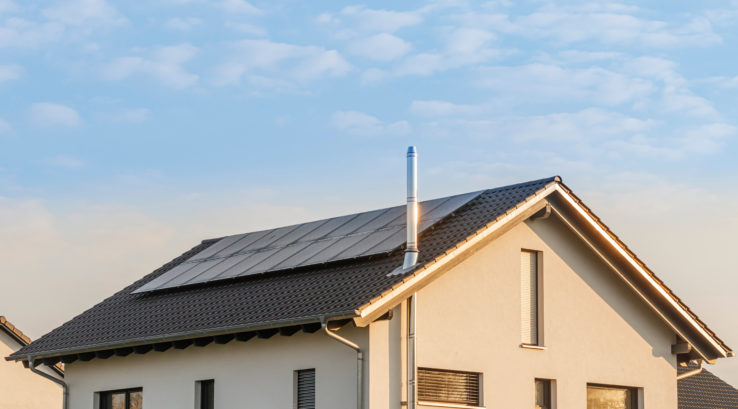Summer is here and the heat waves are coming! For many people, that means higher energy bills. And while there are plenty of ways to lower your energy costs, such as installing new windows and doors, a lot of folks overlook one of the biggest impacts to their electric bill: their roofs.
When the summer sun starts baking your roof, walls, and windows, much of that heat gets transferred into your home through conduction. According to the Department of Energy, non-cool roofs can be up to 50 degrees hotter than cool ones — at a whopping 150 degrees Fahrenheit. Thankfully, there are a few ways you can tackle this problem and cool down your roof this summer.
Pick the Perfect Shingles
There are different kinds of shingles that can help reduce your roof’s heat conduction. While putting a new roof on your home is costly, it’s important to remember that it’s an investment, and with lower energy costs, it’s one that eventually pays for itself.
When looking at shingles to help cool your roof, there are two details you should keep an eye on that determine a shingle’s ENERGY STAR score:
- Solar reflectance: This determines how well the shingles reflect the sun’s energy. A higher solar reflectance means your roof reflects more of it.
- Thermal emittance: This determines how well the shingles radiate the absorbed heat back into the atmosphere. A shingle with a higher thermal emittance allows less heat into your home.
Another way you can cool your roof off by choosing lighter colored shingles. Darker colors absorb more heat, so shingle colors such as white, light gray, and light tan will absorb less heat.
Insulate Your Attic
Regardless of how efficient your shingles are, some heat is invariably transferred into your home. If your attic isn’t properly insulated, it’s going to affect the temperature in your home and you’ll need to keep the air conditioning cranked to compensate.
Insulating your attic is one of the most cost-effective ways to prevent temperature deviations and moisture damage — not just in the summer but the winter too. Insulating goes a long way towards lowering your energy costs. While this is a project you might feel confident doing yourself, keep in mind that gaps in insulation can greatly reduce its effectiveness — consider hiring a professional to help.
Ventilate Your Attic
It seems a little strange to add ventilation to your attic, especially if you’ve made sure it’s well-insulated. But the science is sound! Attic ventilation works on the fundamental idea that heat rises, and good ventilation means adding two types of vents:
- Intake vents, typically located under your eaves, allow cool air to flow into your attic
- Hot air exhaust vents, placed at the peak of your roof, allow the hot air to rise out
This goes a lot further than effective cooling during the summer, too. The extra airflow also helps keep your attic dry, extending the life of your roof. And during the winter, hot attic hair can cause snowmelt and refreezing that can create ice dams and cause leaks and serious roof damage.
Give Thompson Creek a Call
Whether you want to put a new reflective roof on your home or insulate and ventilate your attic, Thompson Creek can help. We’ve provided custom windows, doors, gutters, siding, and roofing in the Mid-Atlantic region for over 40 years, and we pride ourselves in our work. Give us a call or get in touch today.


